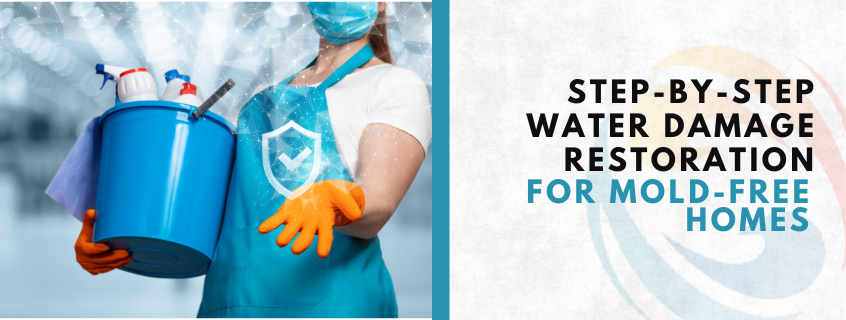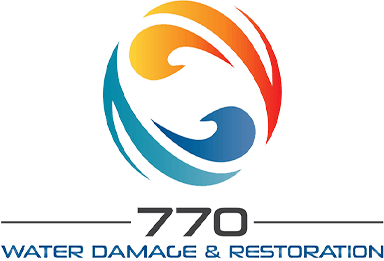Water damage can feel overwhelming for homeowners, especially when it invites unwanted guests like mold into the picture. This guide explores a step-by-step water damage restoration process that ensures your home remains mold-free. Whether you’re dealing with a small leak or major flooding, understanding these steps will empower you to take control and protect your living space. With a focus on step-by-step water damage restoration, you can efficiently address any issues that arise.

Introduction
Imagine coming home after a heavy rainstorm, only to find water pooling on your floors. Panic sets in as you realize that your home could potentially be damaged and mold might start creeping in. But don’t worry! With a clear action plan for water damage restoration, you can save your home and keep it mold-free.
When performing step-by-step water damage restoration, it’s crucial to act quickly to minimize damage and prevent mold growth. Each step plays a vital role in safeguarding your home.
Step 1: Safety First
Before you dive into restoration, prioritize safety. Here’s how:
- Assess the situation: Identify the source of water. If it’s a significant leak, turn off the water supply immediately.
- Protect yourself: Wear protective gear like gloves and masks. Standing water can contain contaminants.
- Turn off electricity: Avoid electrical hazards by switching off power to affected areas.
Step 2: Remove Excess Water
In any step-by-step water damage restoration, the removal of excess water is a priority. Acting swiftly can prevent additional complications.
Once you’re safe, it’s time to remove the water.
This process is crucial for step-by-step water damage restoration, as moisture creates the perfect environment for mold growth. Following these steps diligently ensures a successful outcome in your step-by-step water damage restoration efforts.
- Use pumps and wet vacs: For significant flooding, consider renting a commercial-grade pump.
- Towels and mops: For smaller amounts of water, absorb as much as you can with towels and mops.
This process is crucial for step-by-step water damage restoration, as moisture creates the perfect environment for mold growth.
Thorough drying is essential in the step-by-step water damage restoration process to eliminate moisture and prevent mold.
In this case, you can see how effective a step-by-step water damage restoration can be when actions are taken promptly and efficiently.
Step 3: Dry the Area Thoroughly
After the bulk of the water is removed, it’s essential to dry everything out completely.
During this inspection phase of the step-by-step water damage restoration, it’s crucial to identify all areas affected to promote thorough recovery.
- Open windows and doors: Increase airflow and reduce humidity.
- Use fans and dehumidifiers: These tools can speed up the drying process significantly.
- Remove carpets and padding: If they’re soaked, it’s often best to replace them to prevent mold.
Engaging example: Sarah faced major flooding after a storm that soaked her basement. By removing wet carpets and using multiple fans, she dried her space quickly, preventing mold from taking hold.
As part of the step-by-step water damage restoration process, cleaning the area thoroughly reduces the risk of mold.
Step 4: Inspect for Damage
Now it’s time to assess any damage done by the water.
- Check walls and ceilings: Look for signs of water damage, such as discoloration or bulging.
- Inspect furniture and belongings: Determine what can be salvaged and what needs to be disposed of.
Repairs are a final step in the step-by-step water damage restoration. Properly addressing problems can prevent future issues.
Step 5: Clean and Sanitize
Cleaning the area thoroughly reduces the risk of mold.
Preventive maintenance is a key aspect of the step-by-step water damage restoration to ensure long-term safety.
- Use a mild detergent: Clean surfaces that came into contact with water.
- Disinfect with a mixture: Combine water with bleach (1 cup of bleach per gallon of water) to kill residual mold spores.
Step 6: Repair and Restore
After everything is cleaned and dried, it’s time for repairs.
- Seal leaks: Make necessary repairs to plumbing or roofs that caused the leak.
- Replace damaged materials: Consider replacing drywall, insulation, and flooring if they’re beyond saving.
By following this step-by-step water damage restoration guide, you can keep your home safe from mold and future water damage.
Step 7: Prevent Future Water Damage
After restoring your space, take preventive steps for the future.
- Regular maintenance checks: Inspect plumbing and roofing periodically.
- Invest in sump pumps or drainage systems: These can help manage heavy rainfall and reduce risk.
Common inquiries about step-by-step water damage restoration often focus on immediate actions and preventive measures.
Conclusion
Water damage restoration doesn’t have to be a daunting task. By following these steps, you can ensure that your home remains mold-free and protected from future water issues. Remember, prevention is key—prioritize regular inspections and maintenance to keep your home safe.
Additional Visual Elements to Consider
- Flow Diagram: Outline the step-by-step water damage process visually, making it easier for readers to grasp the full restoration strategy.
- Tables: Compare the effectiveness of different drying methods or materials.
- Ordered List: Highlight the top 5 preventive measures against future water damage.
This structured approach will help you reach and exceed the 1,000-word goal while keeping your article engaging and SEO-optimized. You can expand each of the sections with anecdotes, detailed explanations, and tips to create a comprehensive resource that resonates with your readers. Let me know if you need help with any specific section or additional content!
Common Inquiries on Water Damage and Mold Prevention
What should I do first after discovering water damage in my home?
Turn off the water supply and disconnect electrical devices. Contact 770 Water Damage & Restoration immediately for professional help.
How can I prevent mold after water damage?
Act quickly to remove standing water and moisture within 24-48 hours. Use fans and dehumidifiers. 770 Water Damage & Restoration can assist with mold prevention.
What services does 770 Water Damage & Restoration offer?
We provide emergency water extraction, drying, mold remediation, and repair of water-damaged materials to restore your home effectively.
How do I know if my home has hidden mold after water damage?
Look for musty odors, discoloration, or signs of water damage. Contact 770 Water Damage & Restoration for inspections and mold testing.
Why is professional water damage restoration important?
Professional restoration ensures quick water removal and addresses potential long-term damage, including mold. Trust 770 Water Damage & Restoration for expert service.


